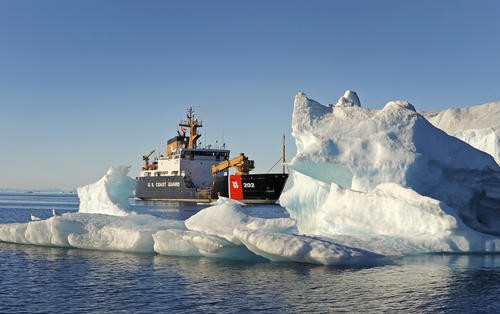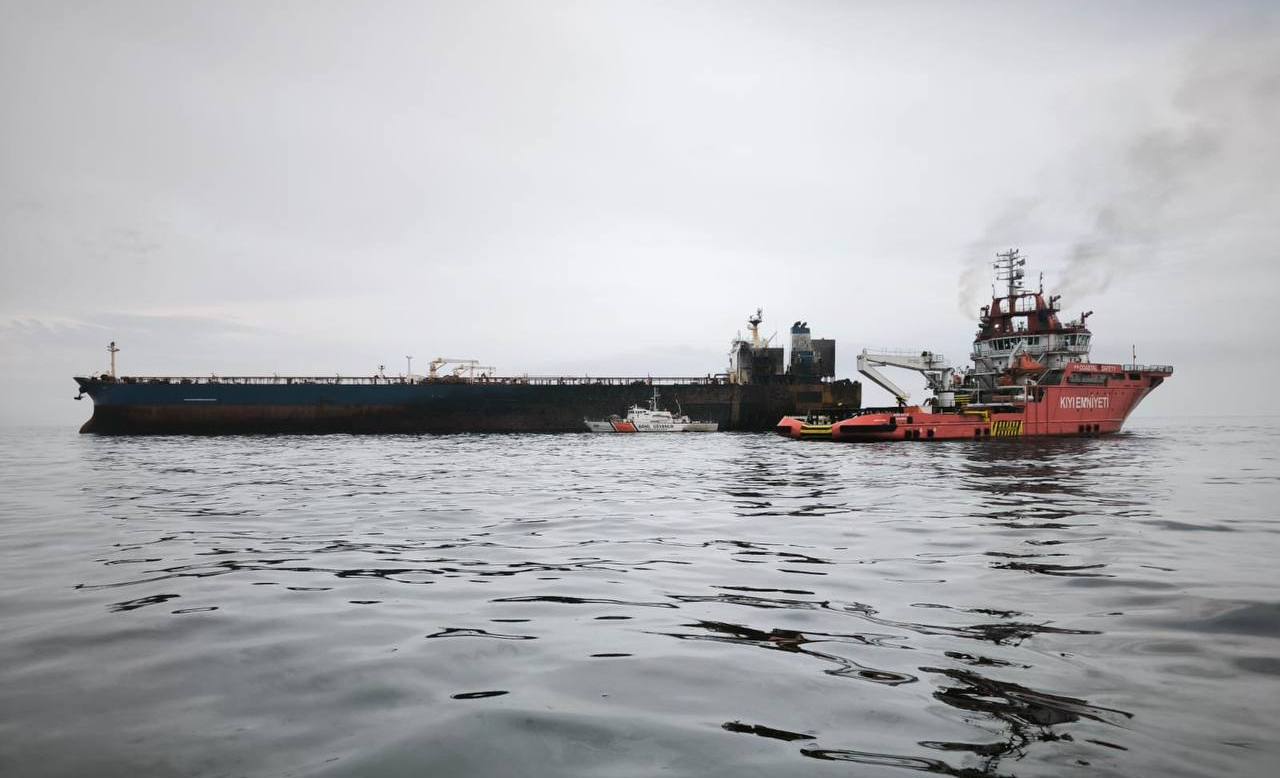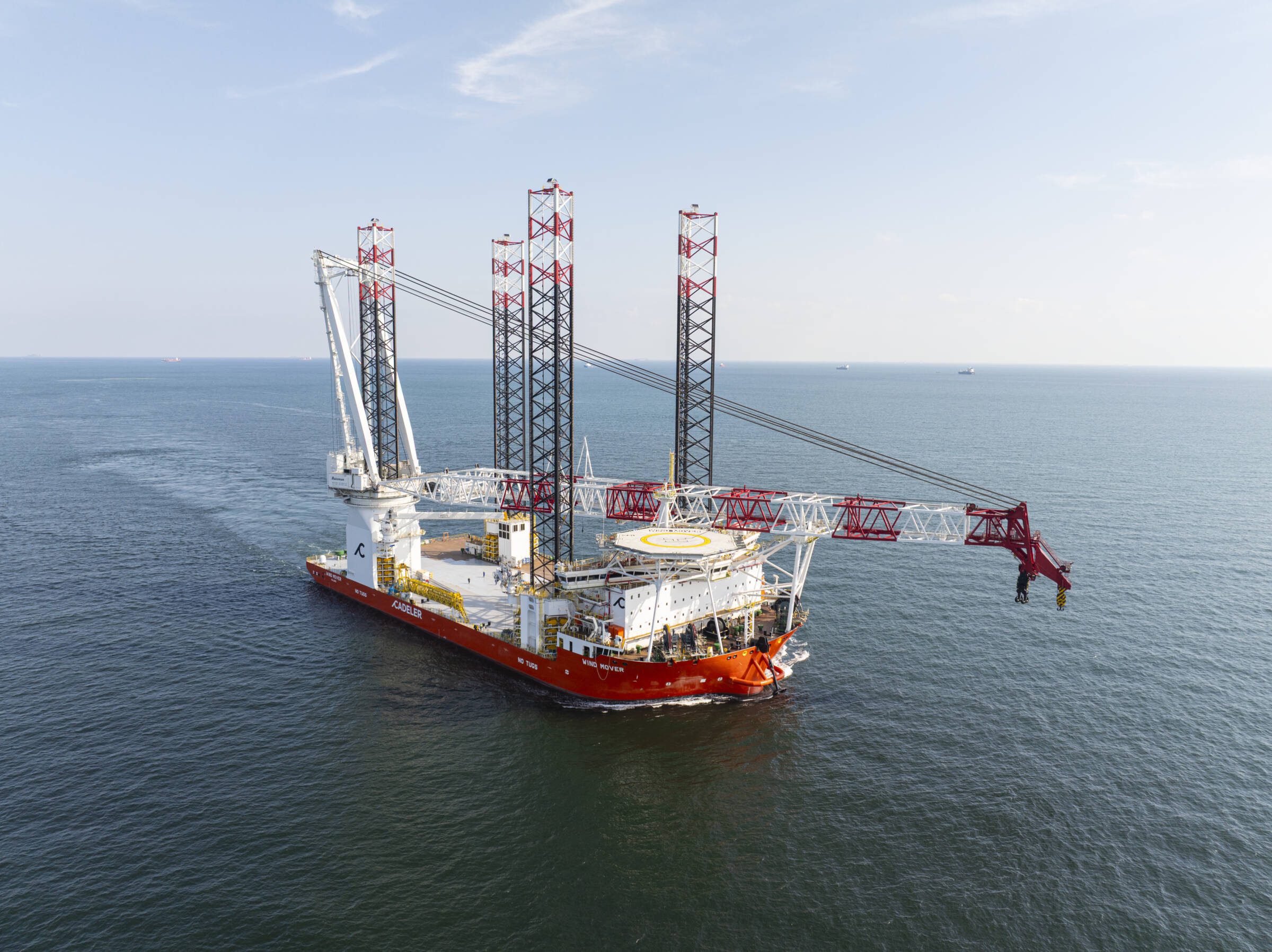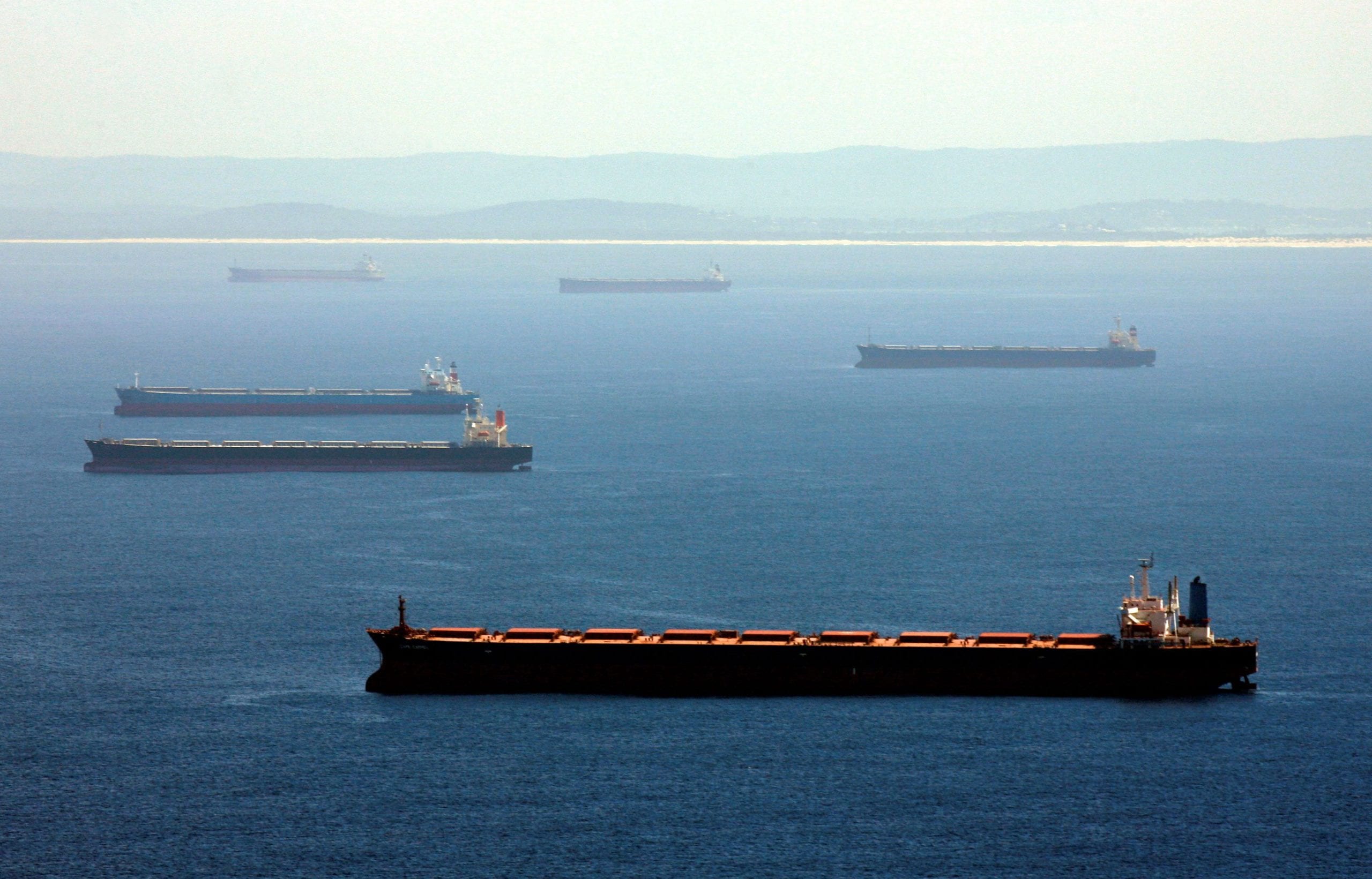U.S. Coast Guard Cutter Willow drifts by an ice berg, Aug. 23, 2011. U.S. Coast Guard photo by Petty Officer 3rd Class Luke Clayton.
 By Environment Correspondent Alister Doyle
By Environment Correspondent Alister Doyle
OSLO, May 13 (Reuters) – Arctic nations must urgently improve rescue services in the resource-rich region that is opening up fast to shipping, energy and mining companies, Canadian experts said on Monday.
As sea ice thaws rapidly, ships are increasingly using a shortcut between the Atlantic and the Pacific, and competition is intensifying for Arctic oil and gas – estimated at 15 percent and 30 percent respectively of undiscovered reserves.
Sea ice shrank to a record low in the summer of 2012, a trend blamed by most scientists on man-made climate change.
“It is crucial that northern nations strengthen response capabilities to shipping-related accidents foreseen in newly-opened northern waters,” scientists from the Canadian Munk-Gordon Arctic Security Program wrote in a report.
Faster responses to emergencies for people living in the Arctic, including floods or forest fires, were also urgently need, the report said.
Arctic nation foreign ministers will meet in Kiruna, Sweden, on May 15 and are due to agree ways to work together to prevent and deal with oil spills. Munk-Gordon experts said Canada should step up the focus on safety when it takes over from Sweden as chair of the Arctic Council at the meeting.
Under a 2011 accord, Arctic Council nations – the United States, Russia, Canada, Iceland, Sweden, Norway, Finland, Denmark and Greenland – split the region into areas of responsibility for search and rescue operations.
One big problem is the difficulty of vast distances, whether for a cruise ship in trouble or a blowout from an oil well, another is a lack of basic charts for ships.
Canada’s “far northern infrastructure badly lags by international comparison”, Munk-Gordon experts noted, and its main base for northern emergency rescues, for instance, is hours flying time from the Arctic, in Trenton near the U.S. border.
“Ships should not expect a quick response in the Arctic,” said Ole Bjerkemo of the Norwegian Coastal Administration who is chair of the Arctic Council’s working group on Emergency Prevention Preparedness and Response.
“They must be prepared to handle the situation themselves in the first stage. The distances are so great,” he said.
“It’s probably a bit safer in the Arctic,” because of the 2011 deal, said John English, a senior member of the Munk-Gordon program. “But there’s a lot of work to be done.”
Among investments, Moscow plans 10 search and rescue stations that are expected to open in 2015 on its north coast.
Norway has stationed a new rescue helicopter on the Arctic archipelago of Svalbard, Bjerkemo said. About 60,000 people now visit the Svalbard region on cruise ships every year.
Search and rescue “is an area to be improved for all Arctic states”, said Else Berit Eikeland, senior polar adviser at the Norwegian Foreign Ministry.
In 2010, the Clipper Adventurer cruise ship ran aground on an uncharted rock off northern Canada. No one was hurt but the nearest icebreaker was 500 miles (800 km) away and it took six days before a ship arrived to rescue the passengers. (Editing by Louise Ireland)
(c) 2013 Thomson Reuters, Click For Restrictions

 Join The Club
Join The Club











